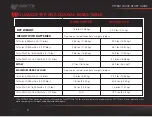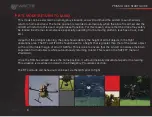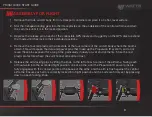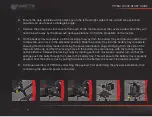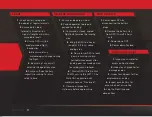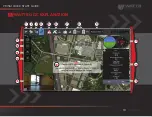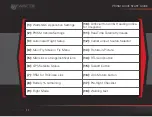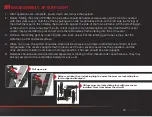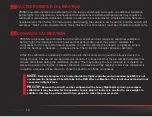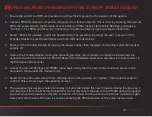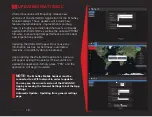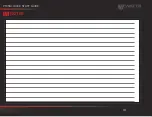
PRISM’s compasses are calibrated from the factory and should not require an additional calibration
before flight. It is important to note however that periodically, a user may wish to calibrate the
compasses for the best performance possible. In order to calibrate the onboard compasses, simply
enter the Settings -> Sensors -> Compass menu. Then click OK to begin compass calibration.
While the calibration is underway, hold the drone in the air and spin it around on all axes slowly in a
circular motion. The aircraft can be rotated at random. It is important that the aircraft be rotated so that
all axes are rotated during the calibration process. This may take up to a few minutes to complete, so
please be patient. During the compass calibration, a status bar will be displayed. Once the calibration is
complete, a readout will be shown to show the health of all three compasses.
PRISM’s accelerometers are calibrated from the factory and should not require an additional calibration
before flight. It is important to note however that operations in extreme temperatures may require an
additional accelerometer calibration. In order to calibrate the accelerometer, simply enter into Sensors ->
Accelerometer, then follow the instructions. After placing the vehicle in each position, hold the aircraft still
and press “Next”, until complete. Once this is finished, a vehicle reboot must be completed in order to fly.
ACCELEROMETER CALIBRATION
COMPASS CALIBRATION
NOTE:
Because Compass #3 is located inside the flight controller and surrounded by EMF, it is not
uncommon for Compass #3 health to be in the RED after a calibration. This is not unusual and will not
cause any in-flight issues.
PRO-TIP:
Because the aircraft can be configured with a heavy flight battery, during a compass
calibration it may be easier for the operator to only plug in 1 battery in an effort to save weight. In
addition, this may be performed with two people to make the process easier.
13



